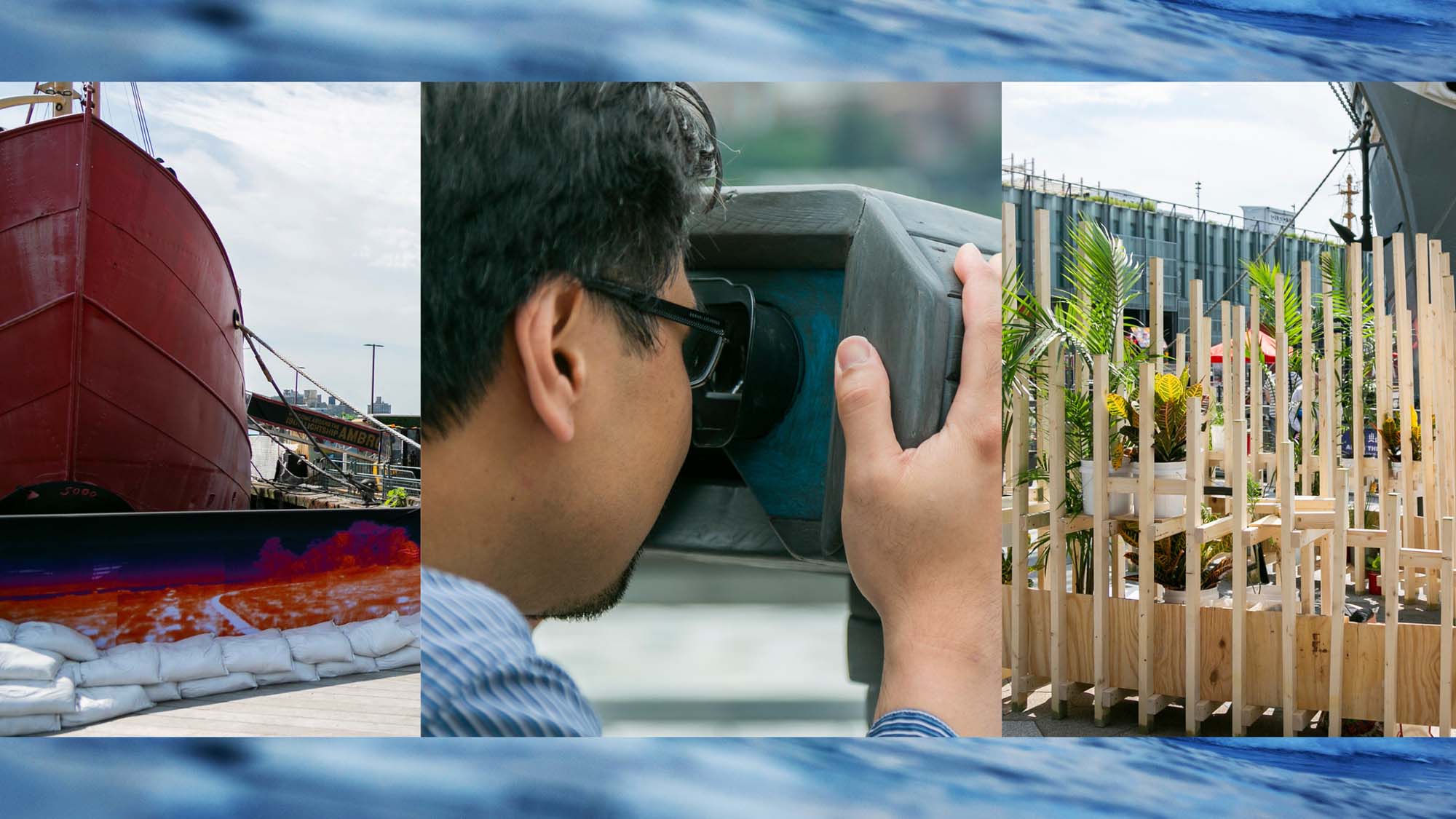September 21 | 5pm | In-Person | Pier 16 | Free
As part of Climate Week NYC, South Street Seaport Museum welcomes back Waterfront Alliance and the artists who previously participated in Art at the BlueLine in July 2022 for a panel conversation aboard tall ship Wavertree exploring the intersection between climate art and climate science.
Among the topics we will explore are: How does art help translate scientific information to the general public and spur action? How can artists collaborate with scientists to support each other’s work? What areas of current research would be fruitful for creative exploration? Artists Matthew López-Jensen, Mary Mattingly, Edrex Fontanilla, and Sarah Nelson Wright will be joined by science educator Kendra Krueger, and the panel will be moderated by Waterfront Alliance’s CEO, Cortney Koenig Worrall.
This event is free, and advanced registration is required.
Please Note This is a Past Program, Event, or Activity
You are viewing an archived page for a program, event, or activity that has already taken place. In most cases these pages are no longer actively maintained and because of that may contain inaccurate or out-of-date information. These pages are left publicly viewable to preserve institutional memory and to allow the public to learn more about the types of programs, activities, and content created and made available by the South Street Seaport Museum throughout its history.
Visiting Wavertree includes climbing up a few stairs, up a gangway, and then down a few stairs onto the deck. Masks are optional for this event.
A free, outdoor climate-art installation, Art at the BlueLine was produced in July 2022 by Waterfront Alliance and was generously supported by the South Street Seaport Museum and The Howard Hughes Corporation. Click here to tearn more about Mary Mattingly’s River Lab which was previously hosted right under the bow of flagship Wavertree.
About the Panel
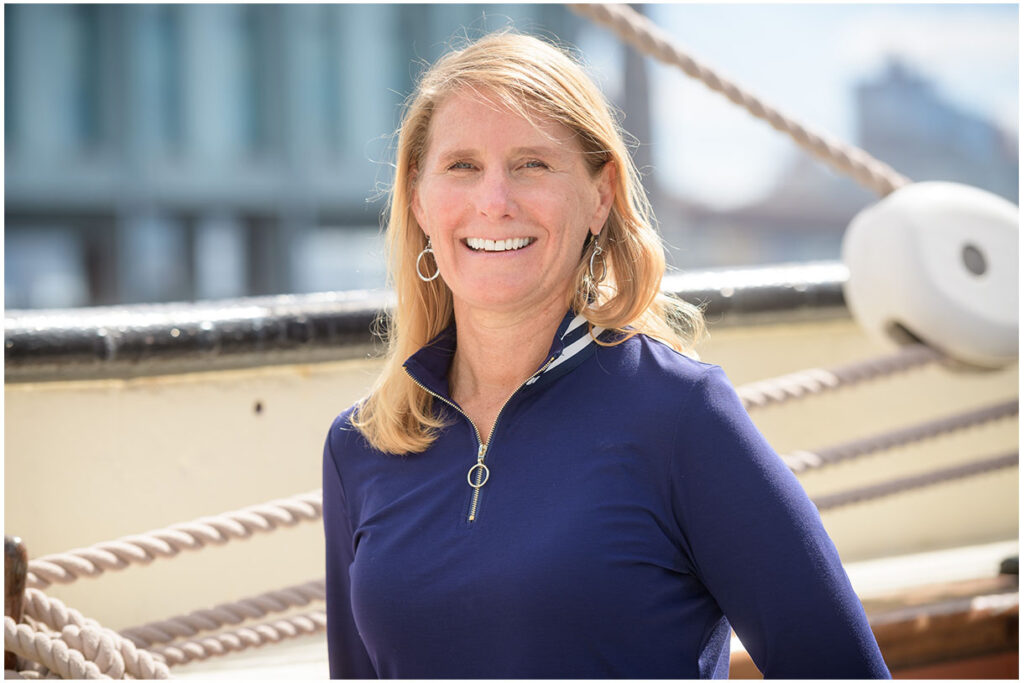
The panel will be moderated by Cortney Koenig Worrall, president and CEO of the Waterfront Alliance, with expertise in
climate resilience policy, campaign planning, community outreach, and public participation processes. Prior to the Waterfront Alliance, Cortney led the National Parks Conservation Association’s (NPCA) northeast office. Among her many achievements, she developed and led the campaign for Stonewall National Monument, which was designated by President Obama in June 2016. She crafted NPCA’s northeast execution of the campaign to reduce the $12B maintenance backlog affecting national parks—one of many nationally executed campaigns leading to the passage of the Great American Outdoors Act in 2020. Cortney came to NPCA by way of the Waterfront Alliance where she served as the organization’s chief operating officer from 2009–2013. During that time she developed waterfront policy for the 2010 New York City Comprehensive Waterfront Plan, executed the Waterfront Alliance’s strategy for five-borough ferry service for New York City, and launched the development of the award-winning WEDG® (Waterfront Edge Design Guidelines) for the New York-New Jersey Harbor. Early in her career, Cortney worked in engineering consulting, specializing in state and federal stormwater regulations. Cortney earned her bachelor’s in environmental policy from Mount Holyoke College and her Master of Public Administration in advanced management from Columbia University’s School of International and Public Affairs. An avid swimmer, Cortney enjoys open-water swimming; camping; exploring topics in climate change, human evolution, earth science, and U.S. history; wine; sewing; and spending time outdoors with her family and two daughters and nephews.
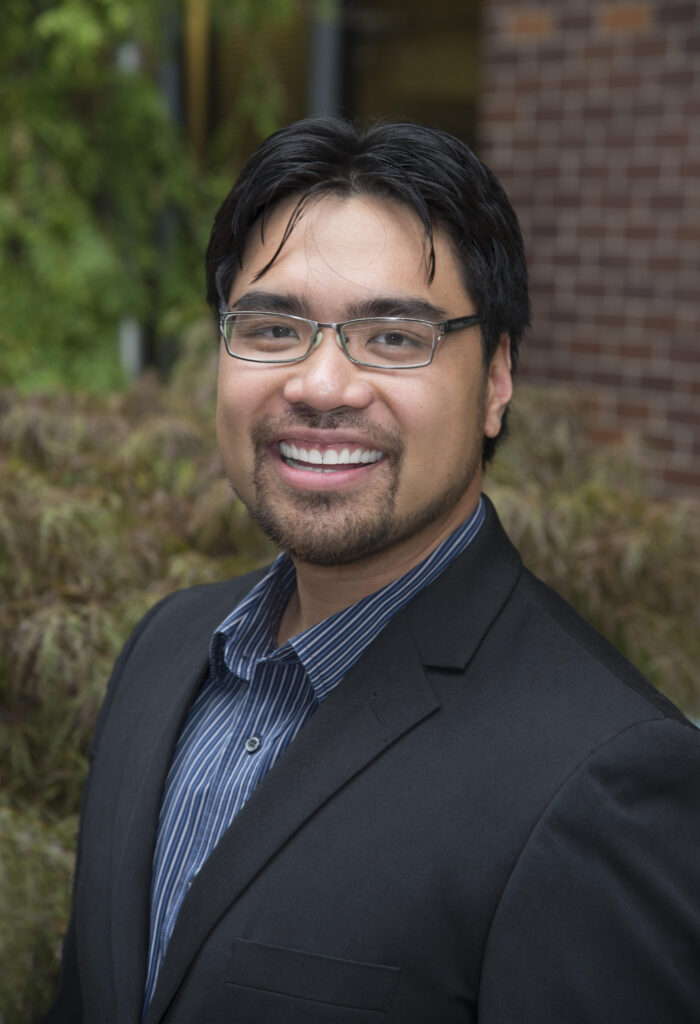
Edrex Fontanilla and Sarah Nelson Wright are new media artists who have collaborated for the past seven years. They are committed to creating impactful experiential works that illuminate climate issues by awakening the senses and inspiring deep connection to environmental justice. Their collaborative art practice includes virtual reality, soundwalks, and public media art, and reveals the value of hidden, marginalized, and endangered places along New York City’s waterfront. Virtual reality artworks include Over The River (2015), which explored a threatened post-industrial wilderness along the East River Waterfront of Hunter’s Point South, and Hidden Vistas (2016), which engaged with hidden wetlands on the Flushing Creek impacted by development and sea level rise. They created a new virtual reality work about the Bronx Kill for Open Engagement (2018) at the Queens Museum, and an outdoor virtual reality walk for the Brooklyn Library (2018). In 2019, they produced a meditative sound piece about ecology and pollution on the Newtown Creek, for the artists sound walk Listening to Dutch Kills (2019).
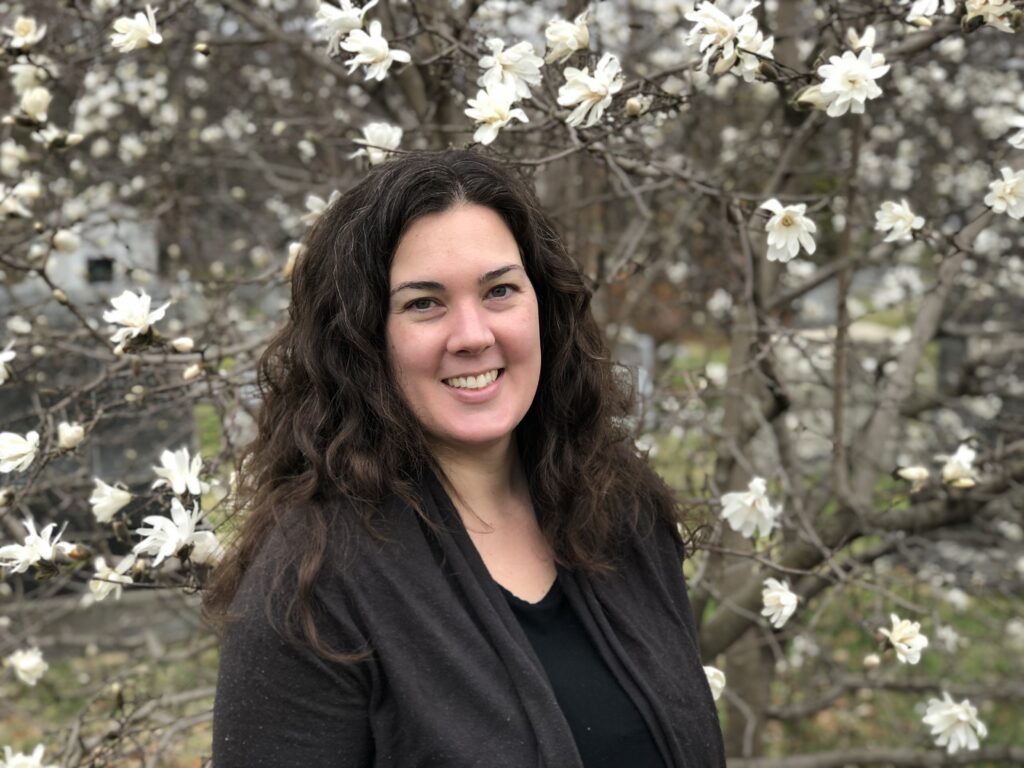
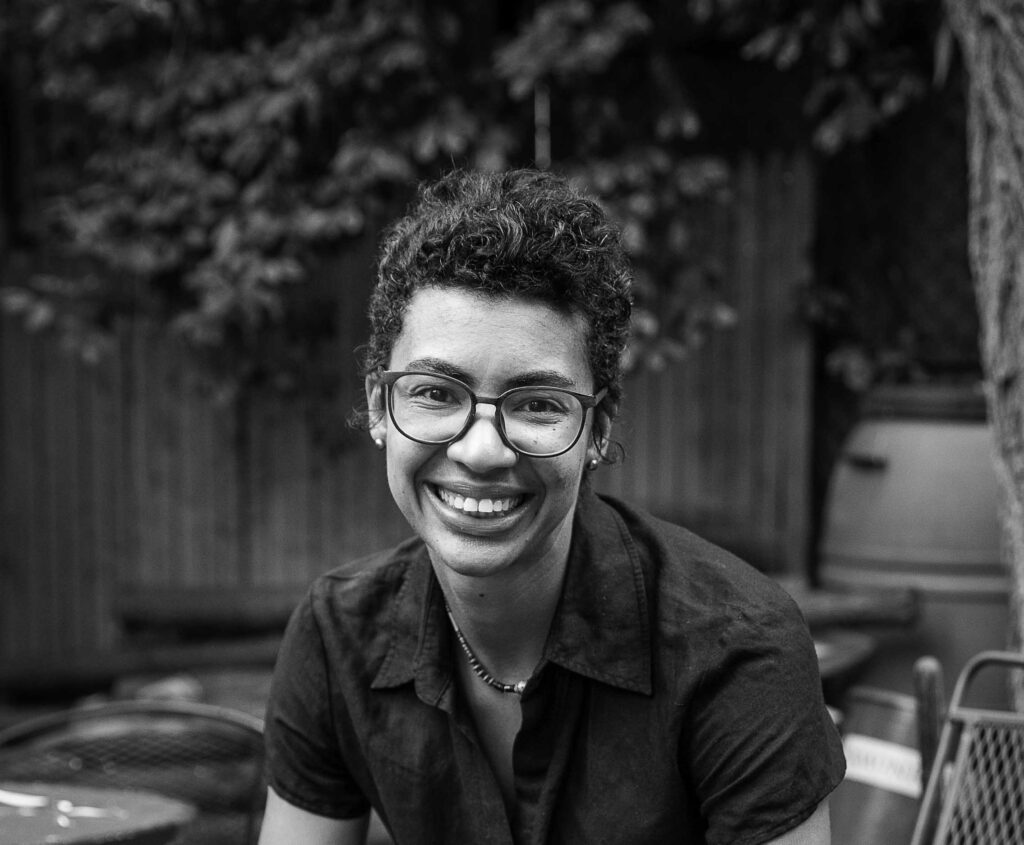
Kendra Krueger is an intersectional scientist, educator, artist and woman of color on many edges. Raised by artists, educated as an electrical engineer (BS Rensselaer Polytechnic Institute, MS CU Boulder) and trained in anti-oppression facilitation, theater, mindfulness and permaculture. Her work and research is a convergence of these many waters. Fueled by divine curiosity she seeks to inspire deeper exploration of ourselves and our universe. Her pedagogy advocates that science can be a transformative tool for our external and internal world if analytical and intuitive skills are combined. She founded 4LoveandScience in 2014 as a platform to teach transformative science at universities, in k12 schools and in community spaces/gardens throughout the country. She has also developed performative and installation-based projects in collaboration with other artists. She currently works as a science educator at CUNY’s Advanced Science Research Center where she has founded The Community Sensor Lab as a space for DIY community science and advocacy.
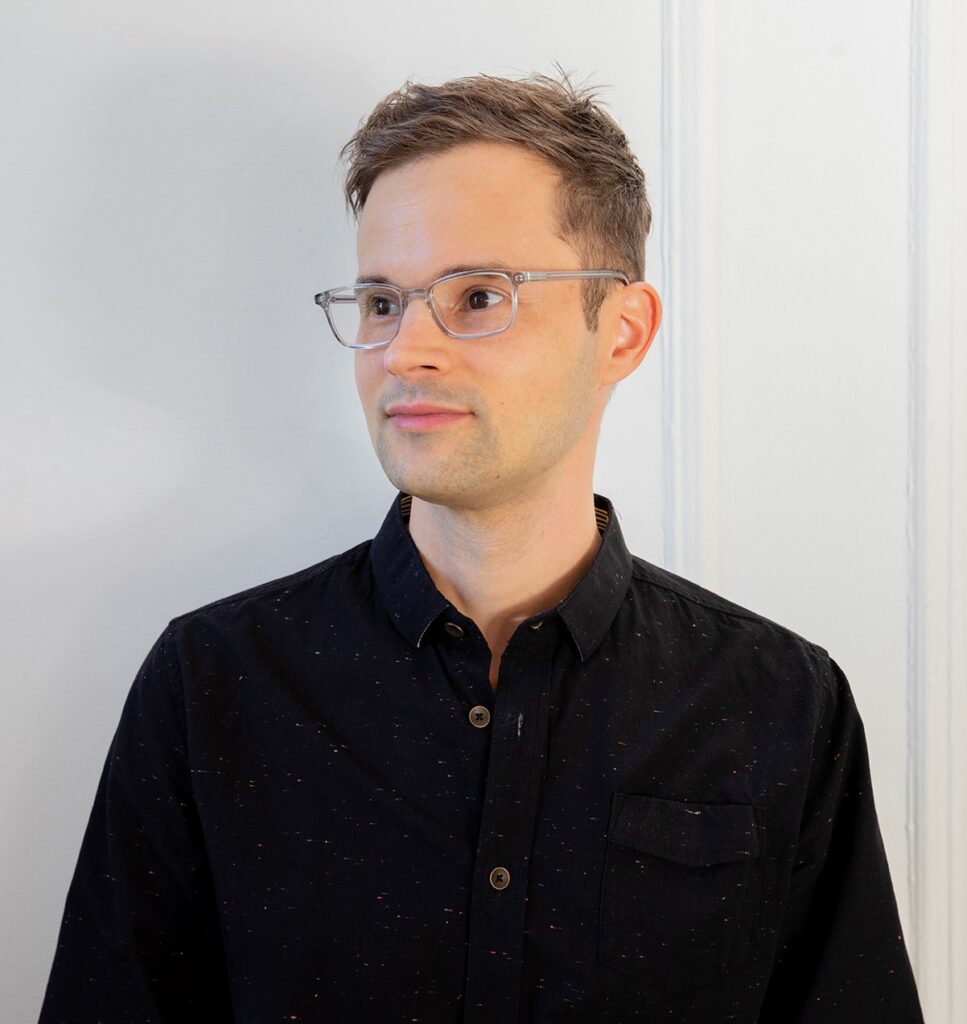
Matthew López-Jensen is a Bronx-based interdisciplinary artist whose rigorous explorations of landscape combine walking, collecting, photography, video, mapping, and extensive research. His projects investigate the relationships between people and local landscapes. He was a recent artist-in-residence with the NYC Urban Field Station, is a Citizen Pruner, community gardener, and part of the New York City Urban Forest Task Force. Matt teaches art and photography at Parsons School of Design at The New School and at Fordham University. He is a Guggenheim Fellow in photography and his work is in the collections of the Metropolitan Museum of Art, The National Gallery of Art, and the Brooklyn Museum, among other institutions.
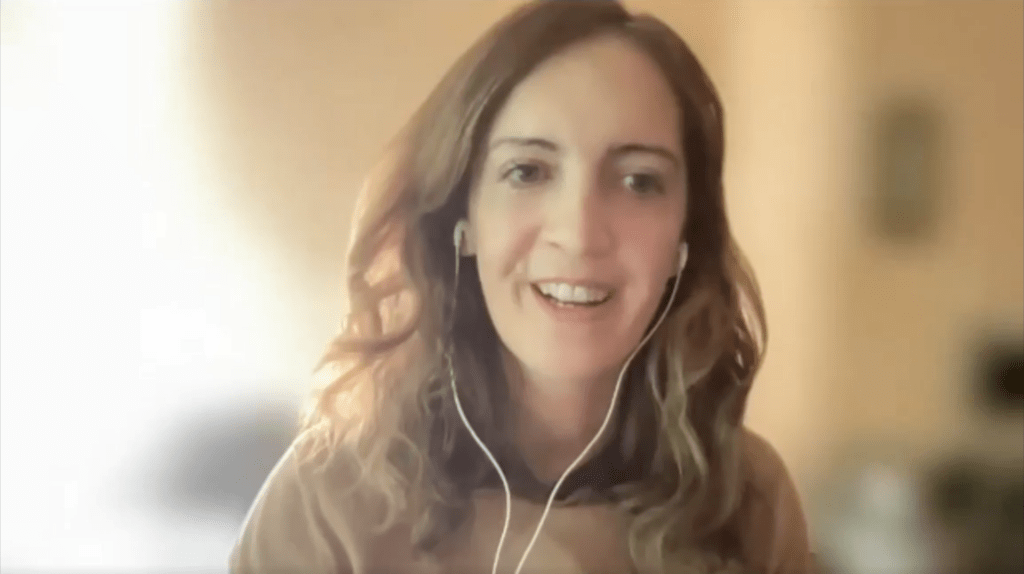
Mary Mattingly is an interdisciplinary artist based in New York. She founded Swale, an edible landscape on a barge in New York City. Docked at public piers but following waterways common laws, Swale circumnavigates New York’s public land laws, allowing anyone to pick free fresh food. Swale instigated and co-created the “foodway”; in Concrete Plant Park, the Bronx in 2017. The “foodway”; is the first time New York City Parks is allowing people to publicly forage in over 100 years. Mary recently launched Public Water with More Art and completed the public artwork “Pull” with the Museo Nacional de Bellas Artes de la Habana and the Bronx Museum of the Arts, two spherical ecosystems that were pulled across Habana to Parque Central and the museum. In 2018 she received a commission from BRIC Arts Media to build “What Happens;” which involved dismantling a military vehicle (LMTV) that had been to Afghanistan and deconstructing its mineral supply chain. A group of artists including performance artists, veterans, and public space activists re-envisioned the vehicle for BRIC. In 2016 she facilitated a similar project with teens at the Museum of Modern Art. She has been awarded grants and fellowships from the James L. Knight Foundation, Eyebeam Center for Art and Technology, Yale University School of Art, the Harpo Foundation, NYFA, the Jerome Foundation, and the Art Matters Foundation.
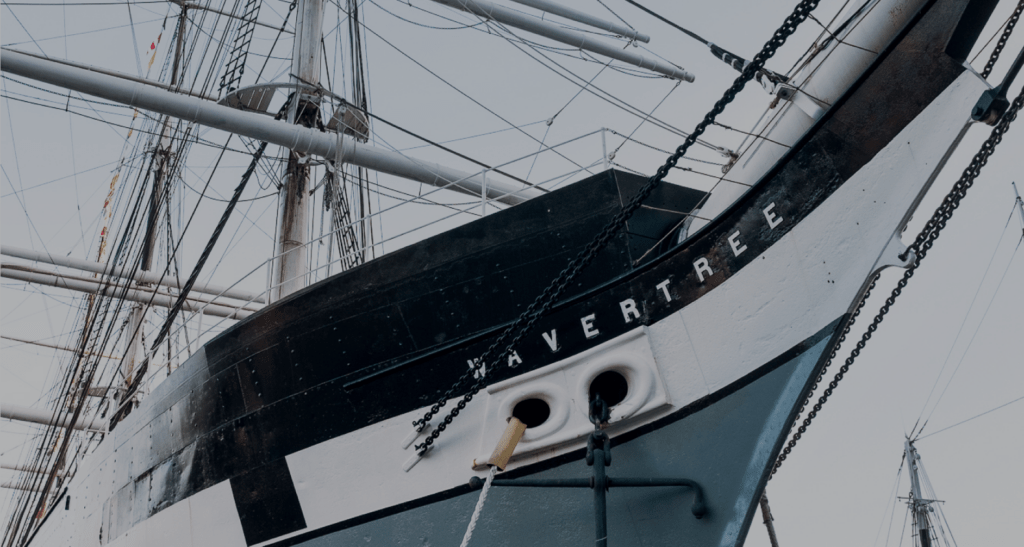
Tall Ship Wavertree
Wavertree, built in 1885 was operated for many years as a cargo ship sailing around the world.

